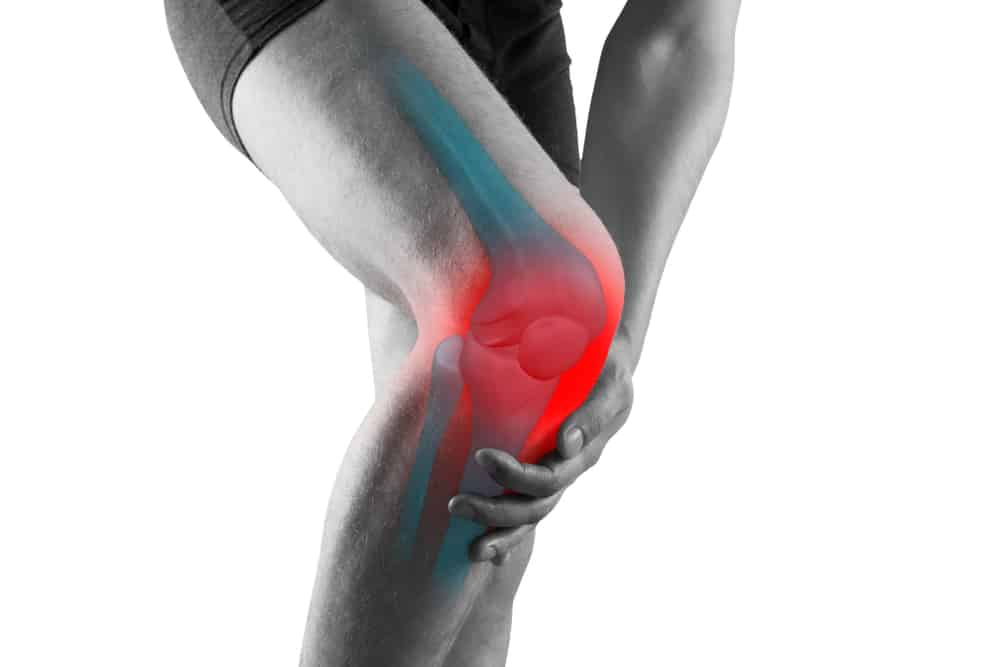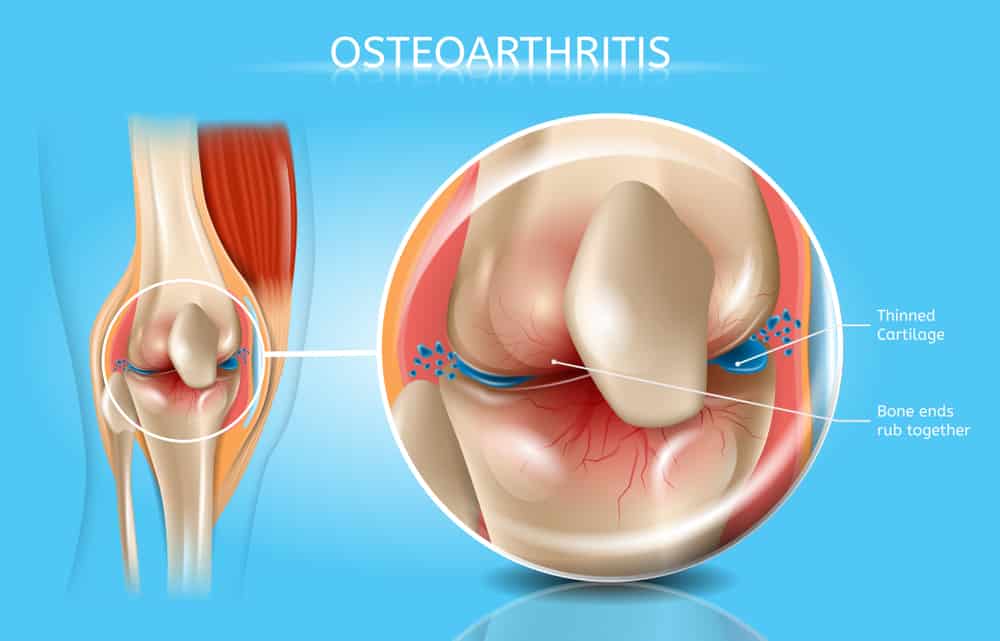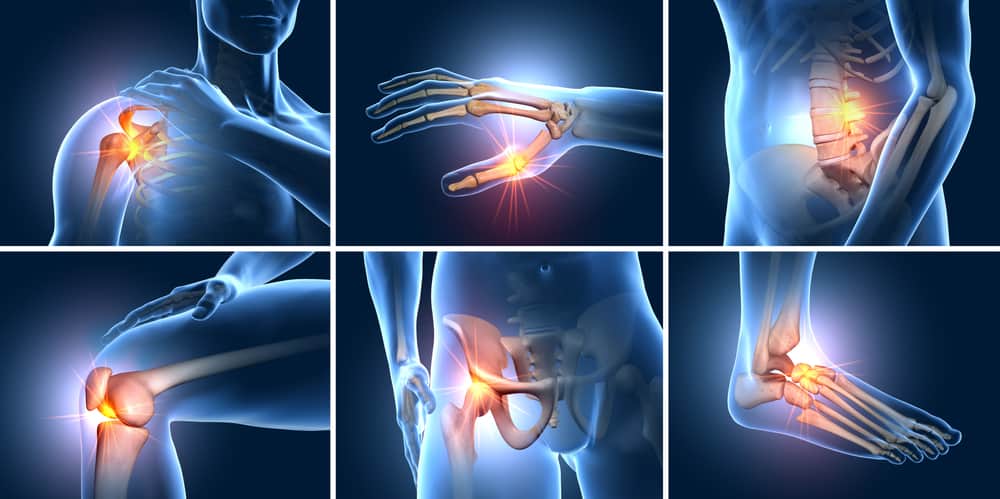A Comprehensive Guide to Learn and Understand Physiotherapy for Osteoarthritis
Physiotherapy For Osteoarthritis
The most prevalent type of arthritis is osteoarthritis (OA), a degenerative joint disease (DJD). Primary osteoarthritis and secondary osteoarthritis are the two subtypes that it falls under. However, the illness is clinically quite varied and can appear as an asymptomatic accidental discovery of a devastating, chronically disabled disorder. OA typically manifests with joint discomfort and loss of function.
Joint-related osteoarthritis is a prevalent condition. The joints most frequently affected by osteoarthritis are the fingers, knees, neck, hips, and lower back, though they can affect any joint in your body. Osteoarthritis is characterized by a loss of cartilage between your bones, resulting in pain, swelling, decreased mobility, and disruption of daily activities.
We at Prime Physio Care can work with you to find and address the issues limiting your regular activities and recommend physiotherapy for osteoarthritis. We collaborate closely with your doctor or one of our on-site medical specialists to develop a treatment plan for you that is supported by research.
Physiotherapy Techniques For Osteoarthritis Treatment
Exercise regimens, massages, the use of walking assistance, and even various types of electrotherapy can all be used as osteoarthritis physiotherapy. From patient to patient, physiotherapy is used to treat osteoarthritis. The physiotherapist’s clinical evaluation, rather than a general rule that applies to everyone, determines the kind and level of therapy provided. Due to this, people with osteoarthritis should seek medical attention or physiotherapy for osteoarthritis, and they shouldn’t start a therapy program without a doctor’s prescription.
-
Physiotherapy for Osteoarthritis of the Knee
Physical therapy is an essential component of every OA treatment for knee osteoarthritis. It does so for various reasons, including ease of knee discomfort. In actuality, we, the physiotherapists, collaborate to assist you in managing your illness. We provide you with the means and methods to resume living the life you were capable of. We’ll go over each one here. In the end, you’ll be fully aware of what to anticipate from your physiotherapy for osteoarthritis.
Knee Osteoarthritis is a common chronic joint condition that can be painful and incapacitating. Physiotherapy is a non-invasive treatment option for managing OA and includes a variety of methods. The evidence for frequently utilized physiotherapy for osteoarthritis is compiled in this review.
Even though the type of exercise does not appear to affect the course of treatment, there is good evidence to support the short-term positive effects of exercise on pain and function. The individual, group, and home exercise delivery methods are all efficient, while therapist contact may enhance outcomes. Exercise compliance needs to be improved to achieve the best results over time.
Pain can be decreased by knee taping, which is used to straighten the patella and unload soft tissues. Data also support the use of knee braces in individuals with knee OA. Clinical trials do not support the symptomatic advantages of lateral wedge shoe insoles, despite biomechanical research demonstrating that they minimize knee strain.
Recent research indicates that specific shoe qualities may also influence knee load, and the impact of altered shoe designs is currently a topic of investigation. Even though it shouldn’t be utilized as a stand-alone treatment, manual therapy may be helpful. In conclusion, there is adequate evidence to suggest that physiotherapy for osteoarthritis helps lower pain and improve function in people with knee OA, even though the research is inconclusive.
-
Physiotherapy for Osteoarthritis of the Hip
Osteoarthritis frequently affects the hip joint, one of the major weight-bearing joints in the body (second only to the knee joint). Many activities are restricted for those with hip OA, affecting their quality of life in terms of their health. Hip osteoarthritis is a disorder that causes inflammation, discomfort, and stiffness by wearing down or degenerating the cartilage around the hip joint surface.
This disorder can happen due to a unique traumatic injury or repeated overuse stresses that the hip joint absorbs over time, accumulating modest damage. The bone end surfaces gradually wear away as the condition worsens, losing the smoothness. The bones might even start to sprout several tiny bony growths called osteophytes, whose development is brought on by injury to the surface of the bone.
Osteophytes are the bones’ defense mechanisms against future harm, but they frequently cause the joint and cartilage to wear down more quickly or unevenly. Osteoarthritis symptoms can vary significantly based on the severity and degree of activity. Symptoms can frequently deteriorate or better regularly without an apparent reason why. Osteoarthritis may result from overuse of any joint, but it most often affects the wrist, hand, and ankle.
In some patients, osteoarthritis develops due to pre-existing joint damage, such as stress fractures, ligament injuries, or abnormal bone or collaborative growth. One of the major joints most frequently affected by osteoarthritis is the hip, partly because of its continual, repetitive use and the high frequency of hip fractures near the neck of the femur.
Many individuals are affected by osteoarthritis, and while there is currently no treatment, it can be effectively managed to lessen how it impacts your everyday life significantly. At Prime Physio Care, we may evaluate you to determine the precise cause of your osteoarthritis pain, and we can then advise you on how to treat your symptoms independently. Our skilled physiotherapists at Prime Physio Care can thoroughly evaluate your problem and provide a custom treatment plan by recommending physiotherapy for osteoarthritis of the hip to meet your needs. We can guide you toward the best functional recovery possible and, more importantly, give you advice on how to control your symptoms.
Why Does Physiotherapist Recommend Exercise?
Most people with osteoarthritis suffer discomfort when engaging in weight-bearing activities since the condition frequently affects joints that carry weight. Contrary to widespread assumption, “pain-free exercise has been posited to have a preventive impact and does not appear to promote OA development.” You can improve joint stability through exercise by strengthening joint structures1. Additionally, exercise can enhance endurance, boost articular cartilage metabolism, and aid in weight loss (which places less load on the joint).
Exercise is unquestionably good for you, but discuss your training plans with your physiotherapist to ensure optimal body mechanics. Exercises carried out incorrectly can put more strain on joints, which can cause injury and raise the risk of OA. It’s critical to follow the right training plans and workout regimens. Here are some simple osteoarthritis physiotherapy exercises you may do anywhere to keep your uncomfortable symptoms under control:
-
Hamstring Stretch
Stretching is one of the most beneficial workouts and motions to maintain flexibility and increase range of motion. It is an excellent technique for muscles to recuperate after a workout and is a perfectly safe way for beginners to begin their fitness regimens. So it is usually advised to stretch when you get home from a long walk or a workout. To complete a hamstring exercise, you must:
- Relax your muscles when you lie down.
- Next, wrap a resistance band or a soft bed sheet across the right foot to assist in straightening the leg.
- 30 seconds of holding this posture before lowering your leg and switching
- Repeat the motion three times, twice on each leg.
-
Leg Raise
Muscle building is among the most effective arthritis therapies. It is among the best strategies to help avoid arthritis and keep uncomfortable symptoms at bay. Additionally, it supports fragile joints. Follow these steps to do this stretch:
- On your yoga mat, lie down with your elbows supporting your body.
- Try placing your right foot on the ground and bending your right knee in this position.
- Tighten this thigh muscle and elevate your left leg, keeping the left leg straight and the toes pointing upward.
- Make sure you lower your leg to the ground while squeezing your thigh muscles while holding this position for a few seconds.
- Make an effort to complete ten reps on each side, and after each set, swap legs.
-
Quad Squeeze
Patients can have a lot of difficulty performing the leg raise, but you shouldn’t let that stop you from obtaining a good stretch and working out. You can still benefit from physiotherapy for osteoarthritis of knee by doing this quad squeeze.
- Lay flat or sit upright with your legs extended.
- The quadriceps or thigh muscles should then be tightened.
- Seven seconds of stretching and holding the muscles stiff are followed by fifteen seconds of relaxation. Ten times through this, switch.
-
Hip Raise
Maintaining the health of your knees requires core strength. You should strengthen your hips and thighs with physiotherapy for osteoarthritis because doing so will help you operate better daily and lengthen your limited range of motion.
Osteoarthritis Treatment
The knee can be lavaged and debrided using arthroscopic procedures. Theoretically, arthroscopy should ease symptoms of osteoarthritis. Debridement can remove loose cartilage flaps and meniscal fragments that have torn. However, there is a lot of discussion on the effectiveness of arthroscopy in treating knee OA. Despite being frequently used, there isn’t enough proof to support its substantial advantages.

Osteoarthritis Treatment
Methodological issues and preliminary analysis in many research have made it difficult to quantify the advantages. Compared to other surgical therapies for osteoarthritis treatment, it is an outpatient operation with fewer possible severe consequences. It can predict the postoperative course, and most patients have an acceptable low risk of complications. Patients and doctors may believe it is “worth a try” because it does not rule out a later decisive procedure. However, it cannot stop the course of OA; it can only be a useful tool to lessen discomfort in carefully chosen people.
-
Bone Marrow Stimulating Techniques
It has been demonstrated that cartilage repair tissue is promoted by penetration of the subchondral lamina; in fact, the stem cells derived from the subchondral lamina can encourage chondrogenesis in the affected location. This method uses the body’s natural capacity for healing while enhancing chondral resurfacing. Pridie was the one to explain a process for penetrating the frequently sclerotic subchondral lamina using a drill.
The arthrotomy of joints was once used to do this. The Steadman et al.-described microfracture technique is typically used. An awl is used to make holes that are 3 to 4 millimeters apart and penetrate 2 to 4 millimeters into the subchondral lamina. It can be accomplished arthroscopically and is relatively straightforward. This approach is widely used since it is inexpensive and easy to apply. Limited hyaline repair tissue, potential functional decline, and variable cartilage volume repair are some of the technique’s drawbacks.
Mechanism of Osteoarthritis Physiotherapy
Each bone end is covered in hyaline cartilage in healthy joints. Hyaline cartilage is a cushion between the bones and offers a smooth, gliding surface for joint mobility. In OA, the cartilage degrades, leading to discomfort, edema, and difficulty moving the joint. Over time, osteoarthritis (OA) can deteriorate bones and cause growths known as spurs. There could be flakes of bone or cartilage floating around in the joint. An inflammatory process occurs in the body, and cytokines and enzymes grow, harming the cartilage. The loss of cartilage and bone-on-bone contact at the advanced stages of OA causes joint injury and increased discomfort. (**it is the mechanism not the assessment of osteoarthritis **)
-
Characteristics and Clinical Presentation
Pain; this form of discomfort, which is “mechanical,” is brought on by movement, gets worse with exhaustion, and gets better with rest. Mornings or after a time of inactivity are when pain strikes. There is typically no nighttime pain. Pain can range in intensity. It can be mild and bearable at times or heavy and brief at other times. It may be triggered by cold, trauma, or exhaustion. The subchondral bone, as well as the capsuloligamentous and muscle systems, are all affected by this pain.
-
Limitation in Movement
Movement restrictions are sneaky, develop over time, and become apparent. This restriction is a major clue for osteoarthritis physiotherapy assessment and is mainly caused by reflex contracture and the inhibition of voluntary muscular activity. Incongruent joint surfaces and alterations to the articular spaces also contribute to it. Some patients report morning stiffness lasting longer but less intense than the morning stiffness caused by rheumatoid arthritis or ankylosing spondylitis. The severity worsens over time and is accompanied by cartilage wear and joint abnormalities.
How can you book an appointment?
We aim to see you within 24 hours so contact us to make an appointment either online at www.primphysiocare.co.uk or to find out more information on how we can help you, please call us on 07515280990 or email us primephysiocareluton@gmail.com. We are one of the best clinics whose physios are registered with HCPC, CSP and Physio first as well have enormous experience.
Conclusion
According to research, exercise can help manage osteoarthritis by reducing pain and enhancing function. Physiotherapists can develop efficient exercise regimens to help you manage osteoarthritis and your daily activities. If properly executed, the exercise routines will strengthen the weak muscles, lessen stiffness, minimize edema, and improve fitness levels. It might make surgery unnecessary. It would be best if you talk to your physiotherapist about starting therapy for your osteoarthritis as soon as possible. Doing so will make a living with the condition much less complicated.
FAQs
Q: What kind of physiotherapy is most effective for osteoarthritis?
The best therapy for osteoarthritis is manual therapy. A physiotherapist will stretch, move, and massage your muscle tissue through manual therapy to maintain your joints soft and flexible.
Q: Is osteoarthritis identifiable by a physiotherapist?
Yes, osteoarthritis is identifiable by a physiotherapist. The physiotherapist will gather a complete record of the symptoms and assess the affected joints directly to identify osteoarthritis.
Q: Does physiotherapy relieve hip osteoarthritis?
Patients who suffer from hip osteoarthritis benefit greatly from physical therapy. It also targets pain management and physiological adaptations and helps reduce pain while recovering healthy leg and hip movements.



